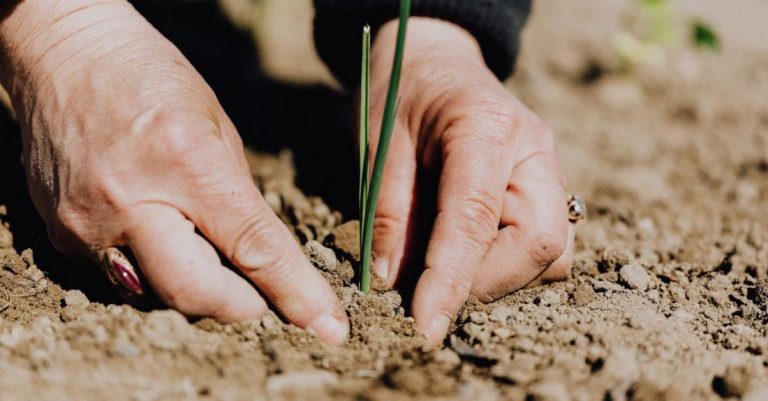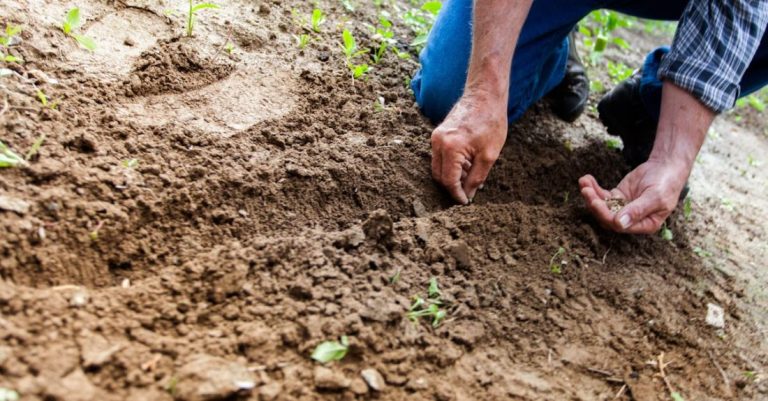
Leafy greens are a nutritious and versatile addition to any garden, offering a wide range of flavors and textures to enhance your culinary creations. Growing your own leafy greens not only provides you with a fresh and sustainable source of produce but also allows you to enjoy the satisfaction of nurturing your plants from seed to harvest. Whether you are a seasoned gardener or a beginner with a green thumb, cultivating leafy greens in your garden can be a rewarding experience. In this article, we will explore the essential steps and tips for successfully growing leafy greens in your garden.
Choosing the Right Location
Selecting the ideal location for your leafy greens is crucial for their growth and development. Leafy greens thrive in well-draining soil that is rich in organic matter. Choose a spot in your garden that receives at least six hours of sunlight per day to ensure that your plants have ample access to light for photosynthesis. Additionally, consider planting your leafy greens in an area that is sheltered from strong winds to prevent damage to the delicate leaves.
Preparing the Soil
Before planting your leafy greens, it is essential to prepare the soil to provide your plants with the necessary nutrients for healthy growth. Start by loosening the soil with a garden fork to improve drainage and aeration. Incorporate compost or aged manure into the soil to enrich it with organic matter and essential nutrients. Avoid using synthetic fertilizers high in nitrogen, as they can promote excessive leaf growth at the expense of flavor and nutritional value.
Choosing the Right Varieties
There is a wide variety of leafy greens to choose from, each offering a unique flavor profile and culinary versatility. Some popular options include lettuce, kale, spinach, arugula, Swiss chard, and collard greens. When selecting varieties for your garden, consider factors such as your climate, growing season, and personal preferences. Experimenting with different types of leafy greens can introduce new flavors and textures to your meals and expand your gardening repertoire.
Planting and Watering
Once you have prepared the soil and selected your leafy green varieties, it is time to plant your seeds or seedlings. Depending on the variety, leafy greens can be directly seeded into the garden or started indoors and transplanted once they have established roots. Follow the planting instructions on the seed packet or plant tag to ensure proper spacing and depth for optimal growth.
Water your leafy greens consistently to keep the soil evenly moist but not waterlogged. Overhead watering can promote disease and pest issues, so consider using a soaker hose or drip irrigation system to deliver water directly to the roots. Mulching around your plants can help retain soil moisture and suppress weeds, reducing the need for frequent watering and maintenance.
Protecting Your Plants
Leafy greens are susceptible to pests such as aphids, caterpillars, and slugs, which can damage your plants and reduce your harvest. To protect your leafy greens from pests, monitor your plants regularly for signs of infestation and take prompt action to address any issues. Consider using physical barriers, such as row covers or netting, to deter pests from reaching your plants.
Harvesting and Enjoying
Harvesting leafy greens at the peak of freshness ensures optimal flavor and nutritional value. Most leafy greens can be harvested by picking individual leaves as needed or cutting the entire plant at the base. Regularly harvesting outer leaves encourages new growth and prolongs the harvest season.
Once you have harvested your leafy greens, rinse them thoroughly to remove any dirt or debris before incorporating them into your favorite dishes. Leafy greens can be enjoyed raw in salads, sandwiches, and wraps, or cooked in soups, stir-fries, and sautés. Experiment with different cooking methods and flavor combinations to discover new ways to savor the bounty of your garden.
Embracing the Joy of Growing
Growing leafy greens in your garden is a rewarding experience that allows you to connect with nature, nurture living plants, and reap the benefits of your efforts. Whether you are a seasoned gardener or a novice enthusiast, cultivating leafy greens can inspire creativity in the kitchen and promote a healthier lifestyle. By following the essential steps and tips outlined in this article, you can embark on a journey of growing your own leafy greens and enjoy the abundance of flavors and nutrients they bring to your table.





